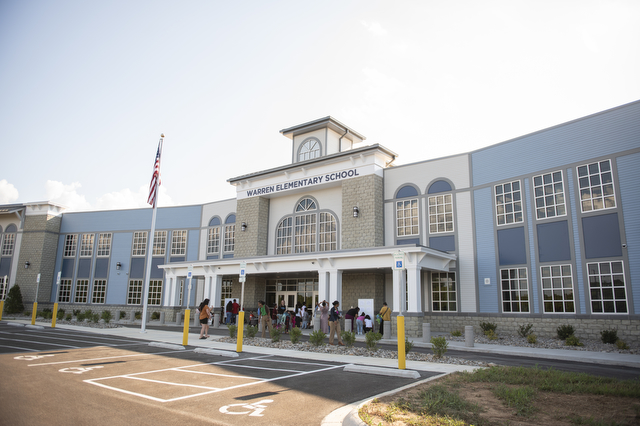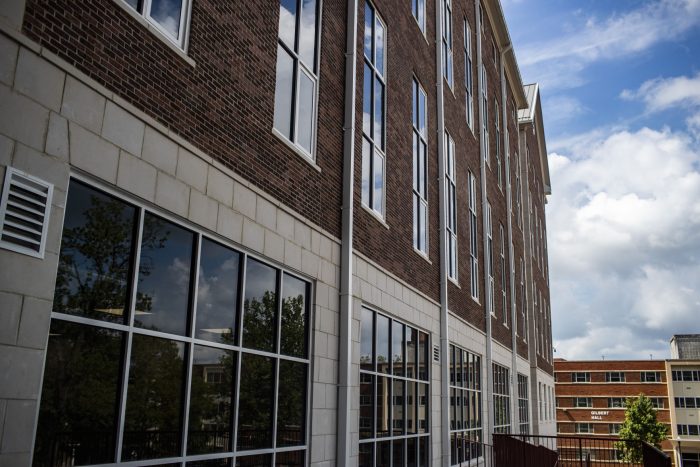BGISD raises salaries, gets tentative budget approved
Published 6:00 am Saturday, May 17, 2025
DAVID MAMARIL HOROWITZ
david.horowitz@bgdailynews.com
All Bowling Green Independent School District employees are set to receive 4% salary raises.
The BGISD Board of Education on Monday unanimously approved the districtwide raise and tentative budget — the latter, a guiding document enabling BGISD to prepare for next academic year.
The districtwide raise, which costs about $1.2 million, is among 19% in raises over the past five academic years, but it also follows several years where the district lacked sufficient funds to offer any significant raise. A new BGISD teacher now makes $46,800.
The district has since made it a top priority to establish salary raises to help staff keep up with inflation, stay competitive, bolster retention and invest in the value of employees, according to BGISD.
“We’re playing a little catch up — we’re making progress,” BGISD Superintendent Gary Fields said.
The budget is well rounded, said BGISD Director of Finance Shaunna Cornwell.
Trending
“We feel like we have made sure to factor in everything,” Cornwell said.
One standout is $450,000 toward a replacement plan for maintaining the school bus fleet. The district buys two or three buses per year, and a more recent purchase of 13 new electric buses necessitated planning ahead to replace them, which the budget is now providing for annually, Cornwell said.
The budget accounts for increased staffing needs and staffing policy adjustments, including a very minimal reduction in staffing approved earlier this year, Cornwell said.
It also reflects $165,000 to supplement BGISD’s new daycare, the Little Purples Academy, a high-end estimate that’ll vary depending on occupancy and staffing.
“It’s gonna take time for us to really get a feel for what the appropriate staffing should be, so we’ll probably be overstaffed to begin with a little bit,” Cornwell said. “We did $165,000 worst-case scenario. We wanted to be safe.”
The district sustained its programs previously subsidized by funding from the COVID 19-era Elementary and Secondary School Emergency Relief Fund, the monies from which expired in September. This required planning ahead to keep the contingency fund in good shape, Fields said.
Higher state funding these last two years has helped the district, Fields said.
The budget is bolstered by projected increased revenue from state funds, the local property tax base, a 7% increase in student enrollment and a projected 6% increase in base funding from SEEK, the foundational state funding formula for Kentucky school districts, Cornwell said.







